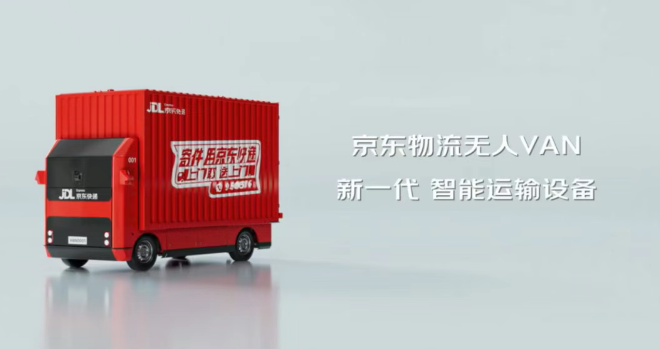JD Logistics Unveils L4 Autonomous Light Truck for Public Roads
JD Logistics Introduces Game-Changing Autonomous Delivery Vehicle
At the 17th International Transportation Technology and Equipment Exhibition, JD Logistics made waves with the debut of its self-developed unmanned light truck - the JD Logistics VAN. This cutting-edge vehicle represents a significant leap forward in logistics automation technology.
Technical Specifications and Capabilities
The JD Logistics VAN boasts an impressive 24 cubic meters of cargo space, making it the largest-capacity vehicle currently available in the logistics sector. Designed to replace traditional 4.2-meter trucks, it's particularly suited for logistics shuttle operations and transfer station applications.

Equipped with L4-level autonomous driving technology, the vehicle can:
- Independently plan optimal routes
- Accurately identify and avoid obstacles
- Navigate complex mixed-traffic environments (pedestrians and vehicles)
- Operate with a full-load range of 400 kilometers on public roads
Industry Applications and Benefits
The autonomous truck is expected to transform several key logistics sectors:
- E-commerce warehousing
- Express package sorting
- Manufacturing supply chains
- Cold chain transportation
Compared to conventional transportation methods, JD Logistics projects the VAN will deliver:
- Approximately 60% cost reduction
- Significant improvements in operational efficiency
- Enhanced safety through advanced obstacle detection
The Future of Intelligent Logistics
This launch marks JD Logistics' latest breakthrough in intelligent logistics solutions. The company continues to push boundaries in automation technology, signaling a new era of efficiency and cost optimization for the entire logistics industry.
Key Points:
- Largest cargo capacity (24m³) in logistics sector
- L4 autonomous driving capability for public road use
- 400km range on single charge
- Expected 60% cost savings vs traditional methods
- Optimized for high-frequency logistics scenarios